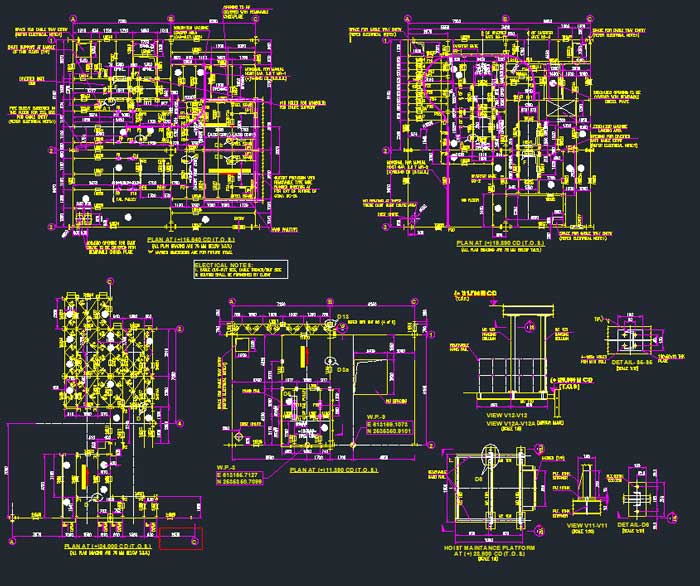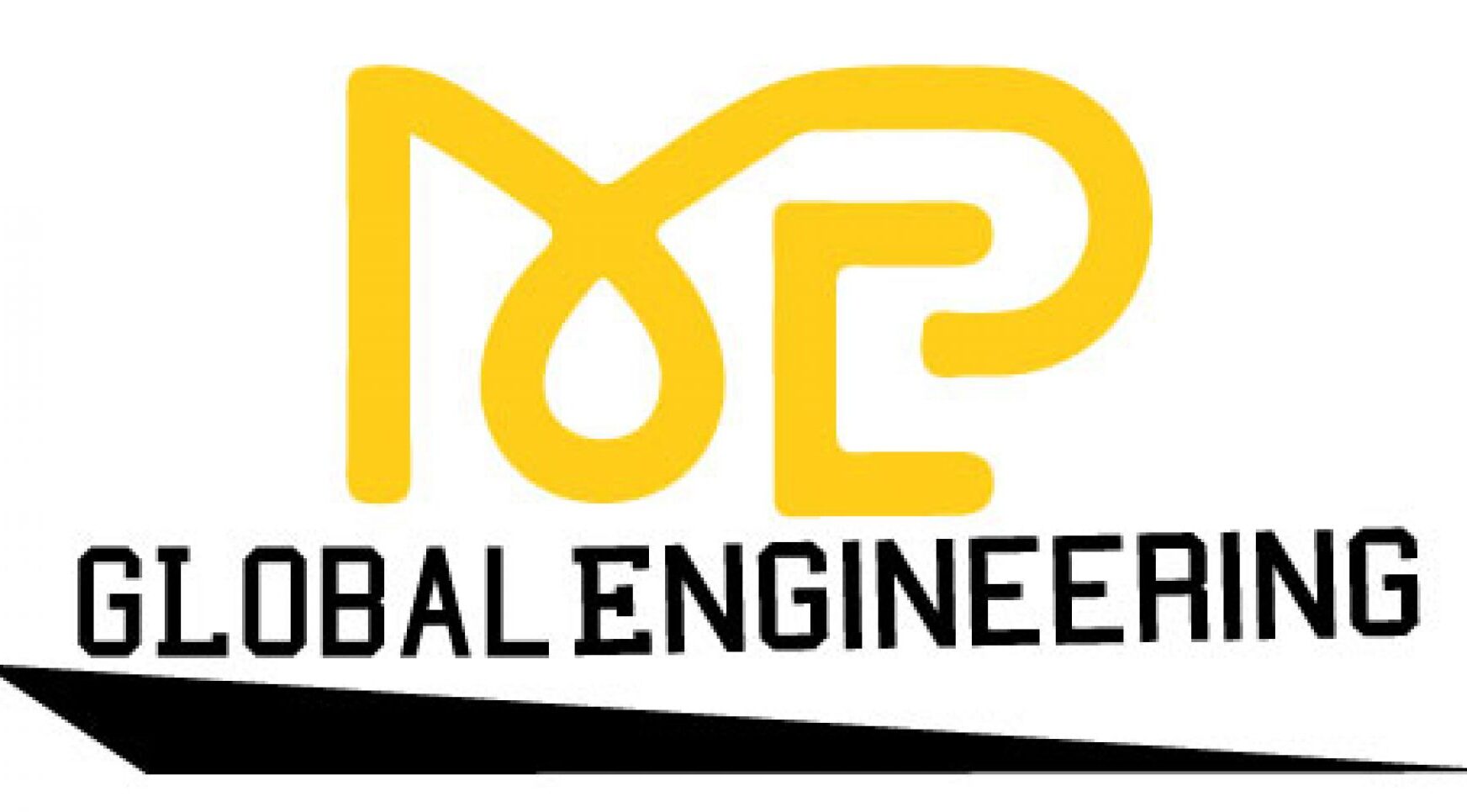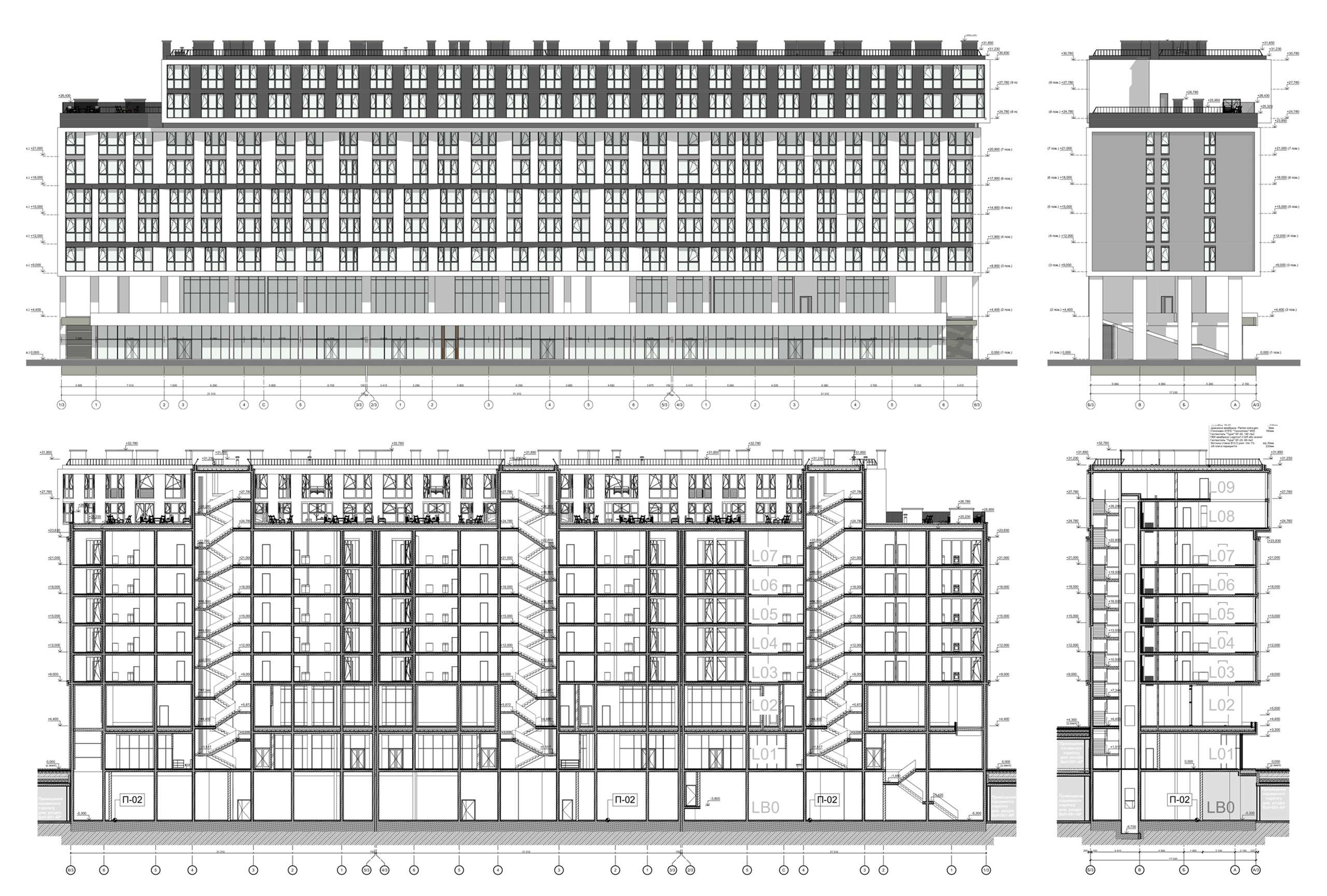
Assessing the Impact of Risks on Construction Projects: Methods and Tools
What is Construction Risk Management? A Comprehensive Guide to Mitigating Risks in the Construction Industry
Construction risk management is indeed a critical strategic approach that ensures the smooth execution and completion of construction projects. It involves a detailed, proactive method to identify, analyze, and respond to potential risks, safeguarding the project from unexpected setbacks and financial losses.
One cannot overstate the importance of implementing a robust risk management framework in construction. It is not merely an optional component but a necessity for the survival and success of any project. By rigorously assessing potential hazards and preparing contingency plans, we can mitigate delays, cost overruns, and safety incidents that could otherwise derail our objectives.
Effective risk management fosters a culture of accountability and foresight among team members. It compels all stakeholders to engage in meticulous planning and continuous monitoring throughout the project‘s lifecycle. Such diligence not only protects investments but also enhances reputational integrity within the industry. Ignoring or underestimating these risks is tantamount to inviting failure; thus, it is imperative that we prioritize comprehensive risk management strategies as an integral part of our project planning process.
Construction is a risky industry, isn’t it? The heavy equipment and machinery, toxic chemicals, accidents, and fall dangers are terrifying enough! These hazards pose significant risks to the personnel and contractors working on-site. It’s crucial that we prioritize the safety and well-being of everyone involved. Proper training, stringent safety protocols, and regular equipment maintenance are non-negotiable measures that must be enforced to mitigate these risks.
It’s not just about compliance with regulations; it’s about ensuring that every worker returns home safely at the end of the day. Ignoring these critical aspects can lead to severe consequences, both human and financial. We owe it to our teams to create a safe working environment where their health is protected, and accidents are minimized through proactive planning and vigilant oversight.
With detailed documentation on issues to address, one can effectively execute the risk management plan. However, it is important to be prepared for unexpected risks and events; learning and documenting for the future are key to successful execution. Thorough periodic monitoring of the process can also lead to greater productivity boosts. and ensure that potential issues are identified and mitigated before they escalate. It is crucial to establish a robust communication channel among all stakeholders, ensuring that everyone is informed and aligned with the risk management strategies.
Additionally, conducting regular training sessions for team members can enhance their ability to respond swiftly and efficiently to unforeseen challenges. Remember, proactive risk management is not a one-time effort but an ongoing process that demands vigilance and flexibility. By staying ahead of potential risks through continuous improvement and adaptation, organizations can safeguard their projects and achieve long-term success. Make no compromises when it comes to meticulous planning and execution—these efforts will pay off in maintaining stability and driving progress.
Identification of Potential Risks:
This is the first step in the risk management process. Teams must identify all conceivable risks that could impact the project. These can range from safety hazards and labor shortages to material cost fluctuations and regulatory changes.
Risk Assessment:
Once risks are identified, the next step is to assess their potential impact on the project. This assessment considers the likelihood of each risk occurring and its potential to affect project timelines, costs, and quality.
Development of Risk Management Plans:
For each identified risk, a strategic plan is formulated. This plan outlines how each risk will be handled, mitigated, or avoided. Strategies can include transferring the risk, avoiding the risk, mitigating the risk, or accepting it if the impact is minimal.
Assignment of Responsibilities:
A crucial aspect of the risk management plan is assigning clear responsibilities for managing each risk. This involves designating team members who will be responsible for implementing risk management strategies and ensuring these are executed effectively.
Implementation and Monitoring:
With the plans and responsibilities set, the next phase is the implementation of the risk management strategies. Continuous monitoring is essential to assess the effectiveness of the risk management strategies and to make adjustments as the project progresses and as new risks emerge.
Communication:
Effective communication throughout the process is paramount. All stakeholders should be kept informed about potential risks and the measures in place to mitigate them. This transparency helps in managing expectations and in making informed decisions quickly when issues arise.
In conclusion, construction risk management is not just about preventing financial loss; it’s about ensuring the safety, quality, efficiency, and ultimate success of a construction project. A well-crafted risk management strategy is a testament to a company’s robust operational capabilities and commitment to project excellence. This proactive approach not only protects the project but also enhances the company’s reputation and reliability in the construction industry.




Understanding 5D BIM & Its Importance in Modern Construction
[…] decisions quickly. This not only streamlines the budgeting process but also enhances overall project efficiency by reducing delays and minimizing financial risks. Moreover, the transparency provided by 5D BIM fosters better collaboration among architects, […]
Why Adopting BIM is Non-Negotiable for Forward-Thinking Firm
[…] significantly. It’s time for all industry players to recognize BIM as an indispensable tool in modern construction […]
Benefits of MEP 3D Modeling in Construction Projects
[…] budget. Embracing MEP 3D modeling is no longer optional; it is a critical component of successful project execution in today’s fast-paced construction […]
Revit Content Creation: The Key to Seamless BIM Integration
[…] In conclusion, your Revit Content Creation services are not merely a technical offering but a strategic enhancement that propels the entire project towards greater success. By providing high-quality, BIM-ready models, you empower architects, engineers, and other project stakeholders to achieve their best work, ensuring that the final construction is up to standards, within budget, and on schedule. This expertise is invaluable and makes a definitive impact on the quality and efficiency of construction projects. […]
The Basics of a BIM Execution Plan (BEP) - MEP Global
[…] and Tools: Identifies the BIM software and other tools that will be used throughout the project, ensuring compatibility and efficiency in […]